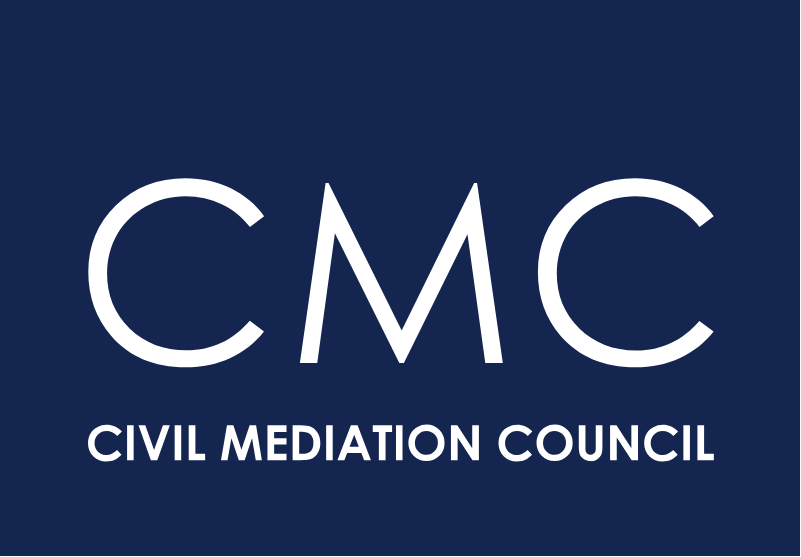Mediation: Getting to Yes
Mediation: Getting to Yes
Mediation moves parties closer together, resolving issues and uncovering common ground. But sometimes when a final gap remains and tensions rise, the challenge becomes finding a way forward before everything falls apart. Stephen Shaw explores practical strategies mediators use to break deadlocks and guide parties toward resolution.
BY STEPHEN SHAW
When the wheels are threatening to come off in negotiations, what can the mediator do? Stephen Shaw offers some top tips for getting things back on track.
Most lawyers who have mediated, and certainly most mediators, have been there.
You started the mediation at 9am. Everyone has worked hard. Both sides have moved. Some of the issues have been resolved, provided they can be part of an overall package. The gap has definitely been narrowed. But there’s still a gap—and it’s a significant one. A deal-breaker. It’s 4pm.
It could be anything. Often it’s money, but it needn’t be. Commercial disputes have a multiplicity of features. It could be a wide range of possible issues. But unless its cracked, there will be no settlement.
What to do? One side is getting heavy: ‘Tell them we can’t be here all day. They know our position. That was our best offer. Tell them we need to hear from them in 20 minutes, or we’re getting our coats.’
In the other room, they’re feeling tired and bullied. They say this is typical behaviour from the other side, and they won’t negotiate with a gun to their heads. ‘Tell them we’re getting our coats.’
Mediators differ on how much of the sabre-rattling they report back to each room. But it’s certain the wheels will come off, unless something meaningful happens.
There are some strategies that all mediators use, none of which are novelties, but which frequently get things back on track.

Taking a Break
Provincial solicitors are often located in or near attractive locales. City solicitors too have some outside space that will do the job. Taking 30 minutes out for a stroll to clear the head often helps both sides to marshal their thoughts and take stock. That could mean that their position hardens—which is of course their prerogative. But it can also mean that they start understanding what no deal today will mean tomorrow, and thereafter. Sometimes the lawyers on both sides, strolling with the mediator, can also be productive.
None of this works so well when it’s pouring with rain.
Mix & Match
Insurers sometimes get a bad press, but I’ve found that when they meet each other in person (as opposed to hostile correspondence), they’re very pragmatic. The same sometimes happens with opposing solicitors or counsel. Pulling them out of the room, and getting them together alone, sometimes breaks the logjam. The same is true of specific lay individuals on both sides (with authority) who haven’t had a chance (or been willing previously) to talk frankly together. This last option is high risk, and to be tried with caution, but with the right personalities, it’s effective.

What if?
This is cheeky, but all mediators do it—and for good reason. The mediator can see there’s a deal to be done, and that one side just needs to save face, or genuinely needs a more generous package. The other side can afford it, but understandably does not want to feel exploited, or that ‘justice’ has not been done. Sometimes the mediator can say: ‘What if the other side were to offer X?’ The mediator makes it quite clear that no such offer has been received, but that he/she is exploring possibilities. The same experiment takes place in the other room. Slowly the parties edge closer. The attraction is that the parties are responding to gentle inquiry rather than having to initiate more suggestions, when they are already fatigued and feeling bruised.
Conditional Heads of Agreement & Disagreement
I’m not a big fan of this route, as it needs to be made quite clear that this is emphatically not a binding agreement, but instead an aide-memoire, in the event that negotiations are continuing, or there is to be another mediation session. Where it does help is that after a long day, when people are tired and perhaps tempers frayed, it is useful to see that progress has indeed been made, and to have that progress analysed and set out in an easily digestible way. So often a case does not settle on the day, but does so within a short time frame from the mediation; in these cases, this kind of record of what has been done, and what remains, is a good reference source.
Failure or Delayed Success?
No-one likes to end the day without a completed deal, but that’s not always possible. Maybe an absent third party’s consent is needed, or the parties themselves need more time before ‘getting to yes’. But a significant part of the high percentage of cases which settle at mediation settle shortly after, rather than at, the mediation.
That too is a success.
This article was first published in the New Law Journal.

Stephen Shaw is a barrister, mediator and Fellow of the Civil Mediation Council. His experience covers the whole range of civil disputes, with particular expertise in general contractual and property disputes. His background as a commercial litigator, and his continuing part-time judicial positions, enable him to identify the contentious issues swiftly and sensitively.



